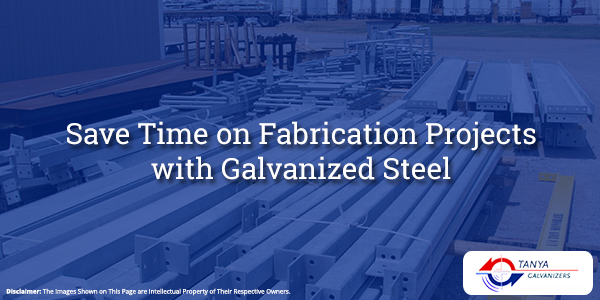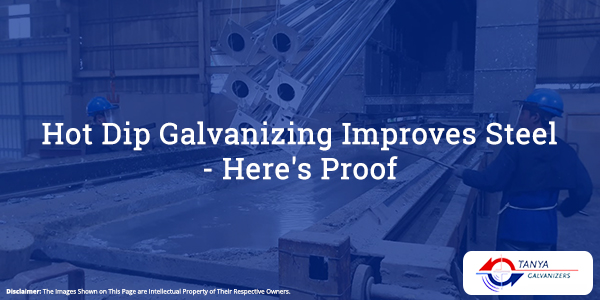The electrical system forms an essential part at the time for planning for adding installations in any of the constructions or any industrial plant. But many times, it is left out during the planning stage and are considered at the time of the final session. This involves a lot of cost and everything becomes very difficult and the smoothness in the overall process is disrupted. This is exactly where the hot dip galvanized earthing strips comes to the rescue. This can necessarily help in the achievement of the objectives in not only a cost effective manner but also help in the smoothening of the overall process. In an addition to this, there are a number of benefits of using these galvanized strips which are as enumerated below.
Durability is Significantly Increased
When the earthing strips are hot dip galvanized, the durability of the earthing strips are increased to a great extent which in turn makes the use of these strips even more functional in nature. Galvanization imparts a longer life to the earthing strips which makes sure that the strips need not be changed at regular intervals.
Great Adaptability
The adaptability of the galvanized strips is just too good and can necessarily fit into any electronic, mechanical as well as industrial design. Most importantly, if there is a plan of expansion on the system that is prevailing, these galvanized strips wold make everything as easy as anything.
Great Reliability
At the time when the earthing strips are hot dip galvanized, it offers great reliability to the users. These are quite efficiently designed and they are not at all vulnerable to damage. Moreover, their flexible design can be installed at any point of requirements without much effort or time.
Enhanced Safety
When an earthing strip is hot dip galvanized, the safety is enhanced to a significant extent. When the earthing strips are galvanized, they become electrical wiring safe and hence plays a vital role in avoiding any kinds of mishap or other damages. These galvanized strips make sure that no moisture is created and channelized through the strip towards the connection of production line.
Maintenance is Easy
The galvanized strips are quite efficient in nature and very easy to use as well. Most importantly, these earthing strips need bare maintenance and is also popularly refereed to as the most trouble free options available. Since they are visible from outside the maintenance checks to be carried out becomes extremely convenient and easy at the same time.
Read more: https://galvanizers.co.in/blog/best-galvanized-earthing-strip-manufacturer/
Why Tanya Galvanizers?
Tanya Galvanizers is one of the most trusted and reputed hot dip galvanizing service providers. They have been operating for a number of years as of now and with their experience as well as expertise, Tanya Galvanizers would undoubtedly be the best choice when there is a requirement of hot dip galvanizing services. Moreover, it is quite clear now as to how beneficial it is to use the hot dip galvanized earthing strips and Tanya Galvanizers provides you with the best.













